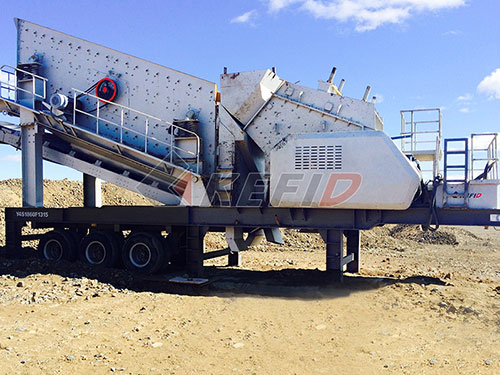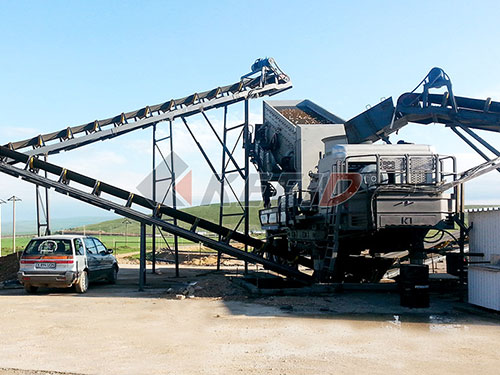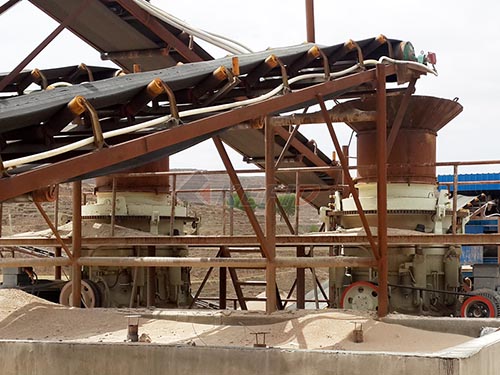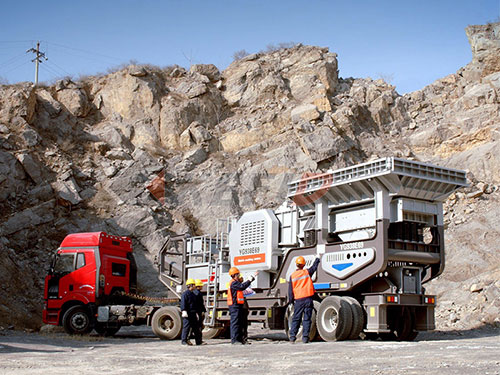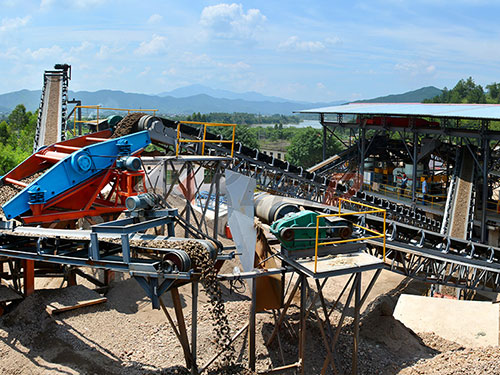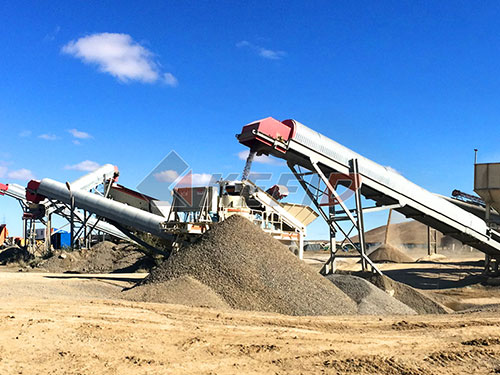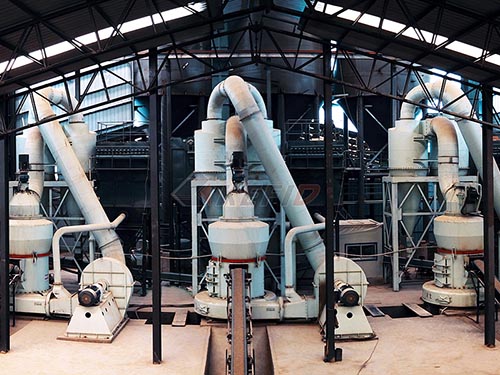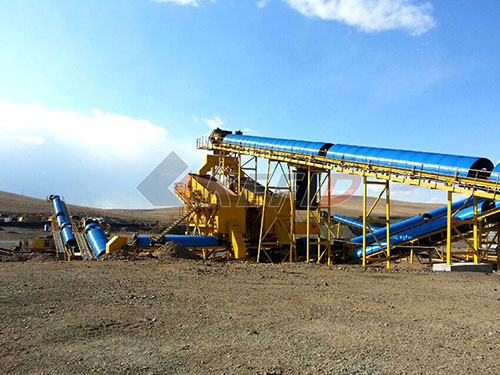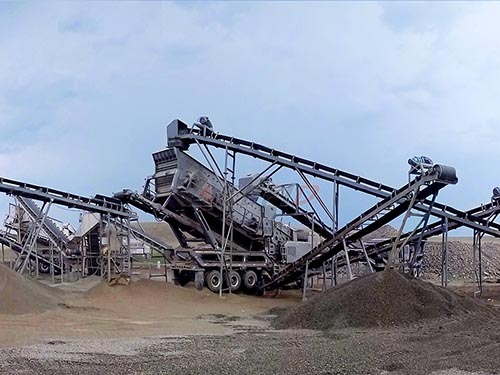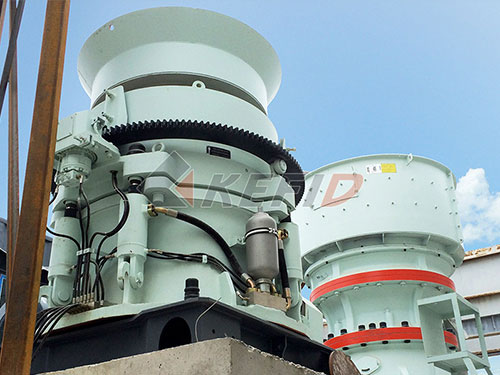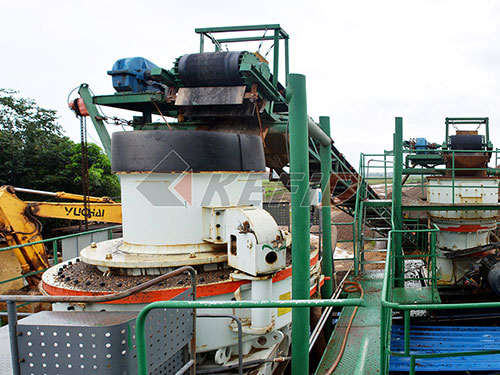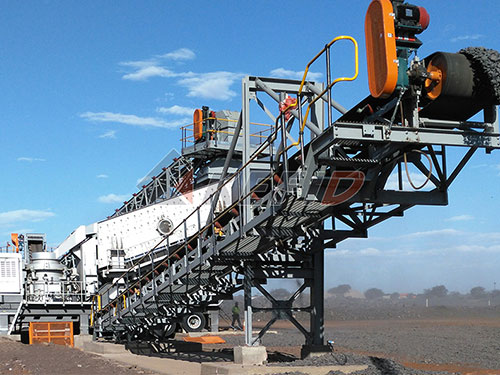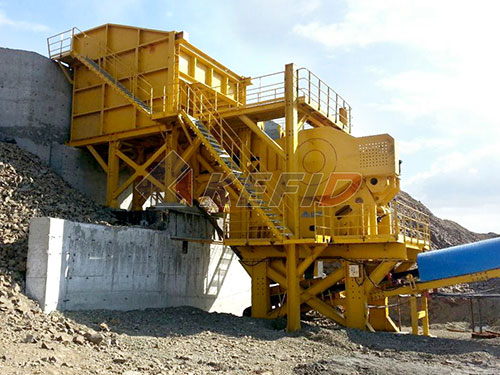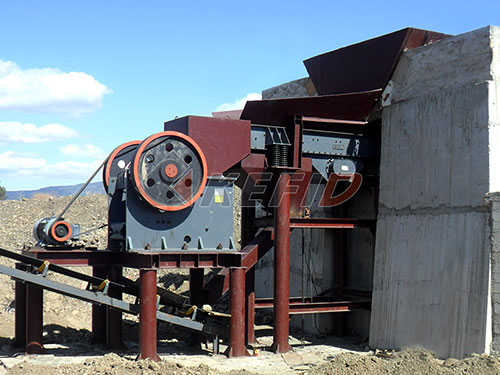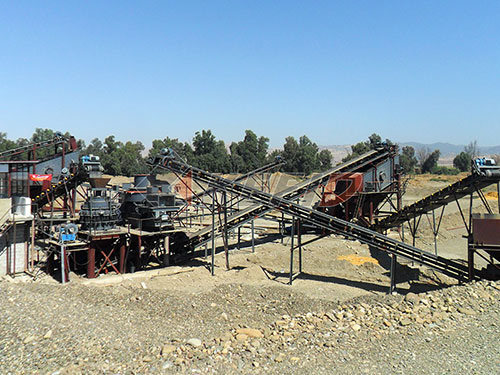Bengkel Jaw Crusher Purwokerto: Your Central Java Hub for Crushing Reliability
In the dynamic landscape of Indonesian mining, quarrying, and construction, the consistent, efficient operation of heavy machinery is paramount. At the heart of many material processing operations sits the robust and essential jaw crusher. When these critical machines face wear, damage, or require optimization, finding a dedicated and skilled repair partner becomes crucial. This is where Bengkel Jaw Crusher Purwokerto establishes itself as a vital resource for industries across Central Java and beyond.
Strategically located in Purwokerto, this specialized workshop focuses exclusively on the maintenance, repair, and overhaul (MRO) of jaw crushers. It addresses a fundamental need within the region’s resource and infrastructure sectors: minimizing costly downtime by ensuring crushing equipment operates at peak performance.
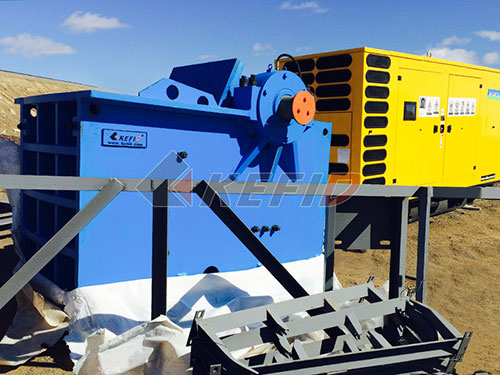
Core Competencies: Precision and Expertise
Bengkel Jaw Crusher Purwokerto distinguishes itself through its deep technical focus:
1. Comprehensive Repairs: Tackling common failures like cracked frames or housings, worn or damaged jaw dies (liners), broken toggle plates/seats, malfunctioning adjustment mechanisms, bearing failures (often due to contamination or lubrication issues), and eccentric shaft problems.
2. Advanced Welding & Fabrication: Utilizing specialized techniques (including hardfacing where appropriate) to repair cracks, rebuild worn components like frame sections or cheek plates, and fabricate custom parts or reinforcements according to OEM specifications or improved designs.
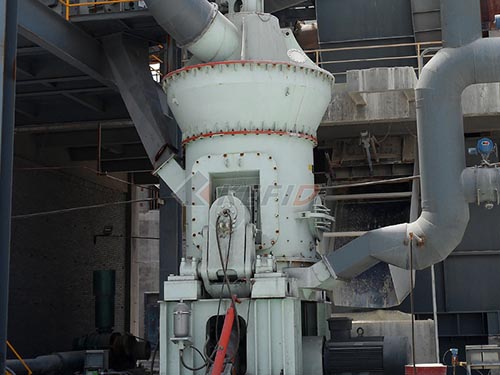
3. Precision Machining: Performing critical machining operations in-house – such as line boring for bearing housings, surface grinding for mating surfaces like toggle seats or frame mounts – to restore dimensional accuracy essential for smooth operation and longevity.
4. Component Replacement & Sourcing: Supplying and expertly fitting genuine OEM parts or high-quality aftermarket alternatives for wear parts (liners, cheek plates), mechanical components (bearings, seals, toggle plates), and hydraulic/pneumatic systems.
5. Assembly & Alignment: Meticulously reassembling crushers with precise alignment of moving parts (pitman shaft assembly, toggle mechanism), correct bearing preloads, and proper tensioning of belts where applicable.
6. Performance Optimization & Troubleshooting: Diagnosing underlying causes of premature wear or sub-optimal performance (e.g., incorrect feed size/distribution, improper CSS settings causing recirculation), providing solutions to enhance throughput and reduce operating costs.
The Purwokerto Advantage: Localized Excellence
Beyond
